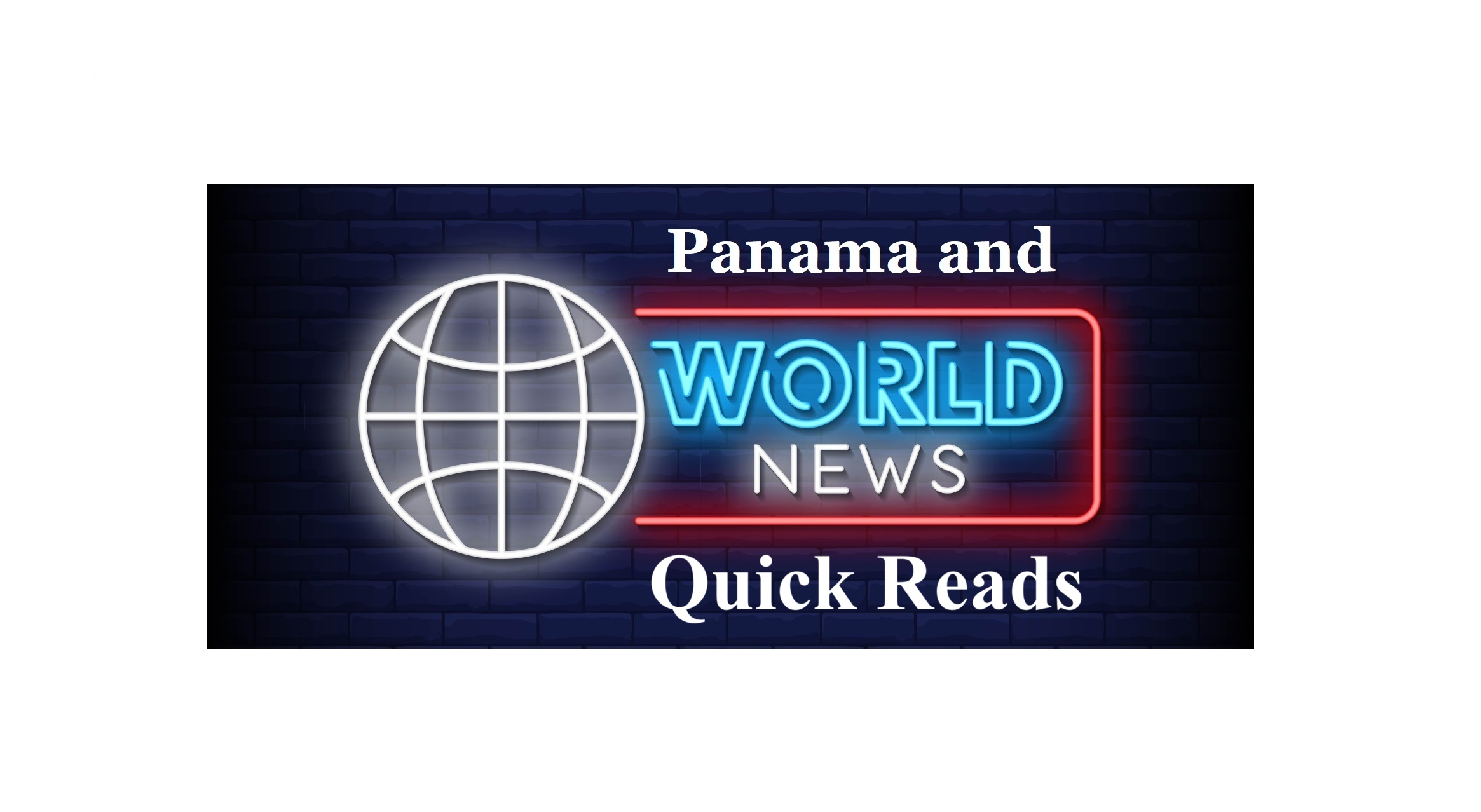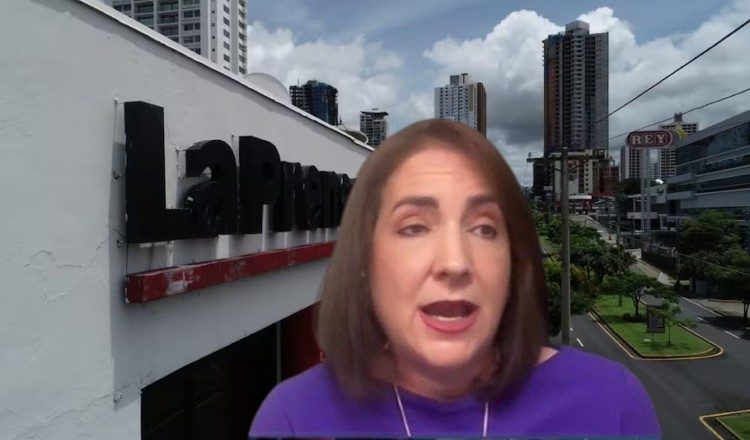Hiking the Camino Real de Panamá, a Historic Sea-to-Sea Trade Route
Long before the Panama Canal, this historic trade route connected the Pacific and the Caribbean. Now you can follow the jungle crossing on foot.
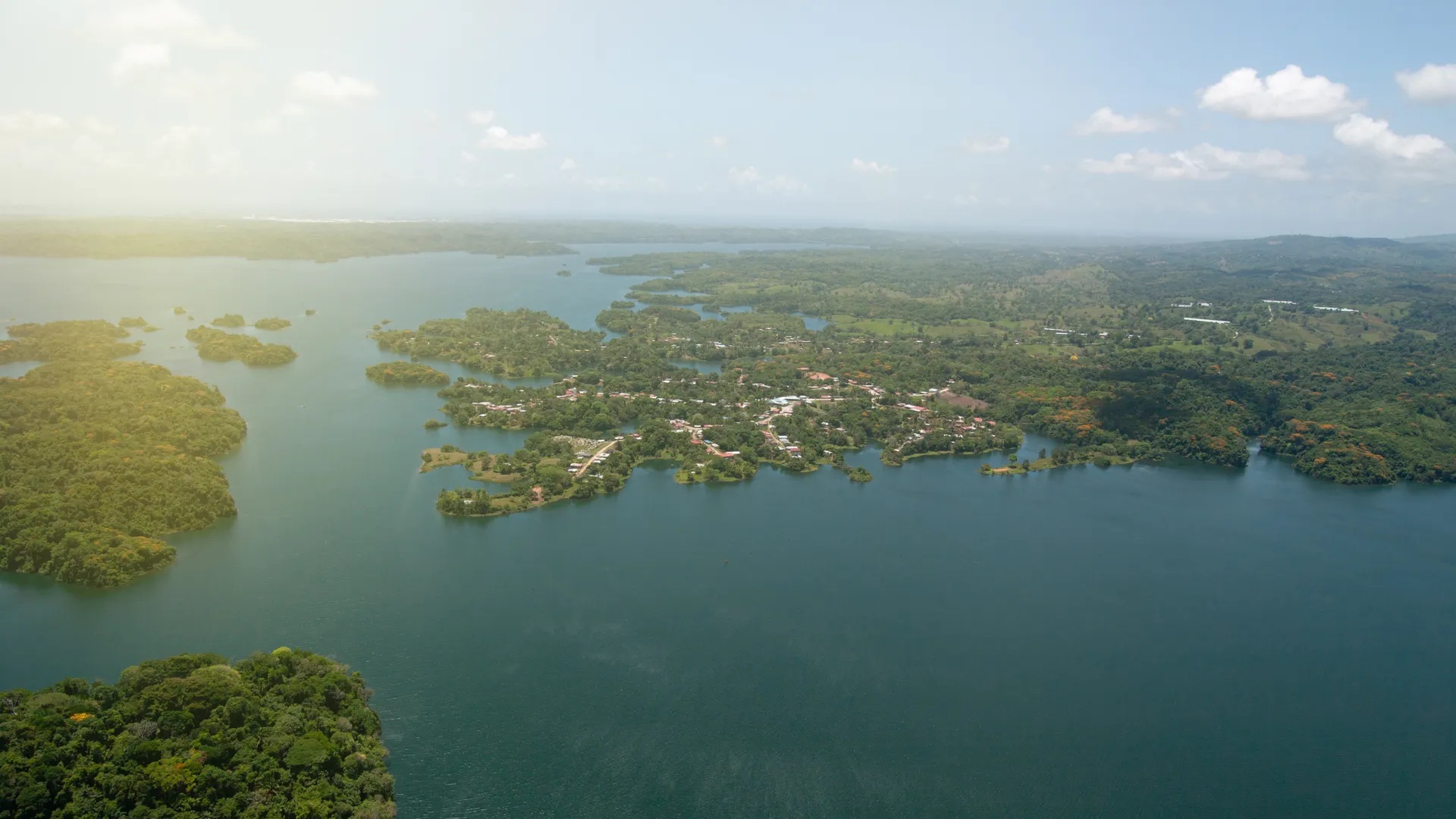
Swinging his machete, our guide Molinar Toribio is hacking at the branches, palm leaves, and twisted tree trunks that encroach on our barely visible path through the Panamanian jungle. We’re hiking what was once the Camino Real de Panamá, a trade route that dates to the 1500s. But along this section of the path in Chagres National Park, the rainforest has all but consumed the passage. Centuries before the Panama Canal was built, the Camino Real, or “the royal road,” connected the Caribbean and the Pacific. The Spanish—or more accurately, the Indigenous and African people they enslaved—constructed a cobblestone pathway initially from the Caribbean port of Nombre de Dios south to the settlement of Panama Viejo. By the late 1500s, they had built an alternate camino along the Río Cascajal from the port of Portobelo.
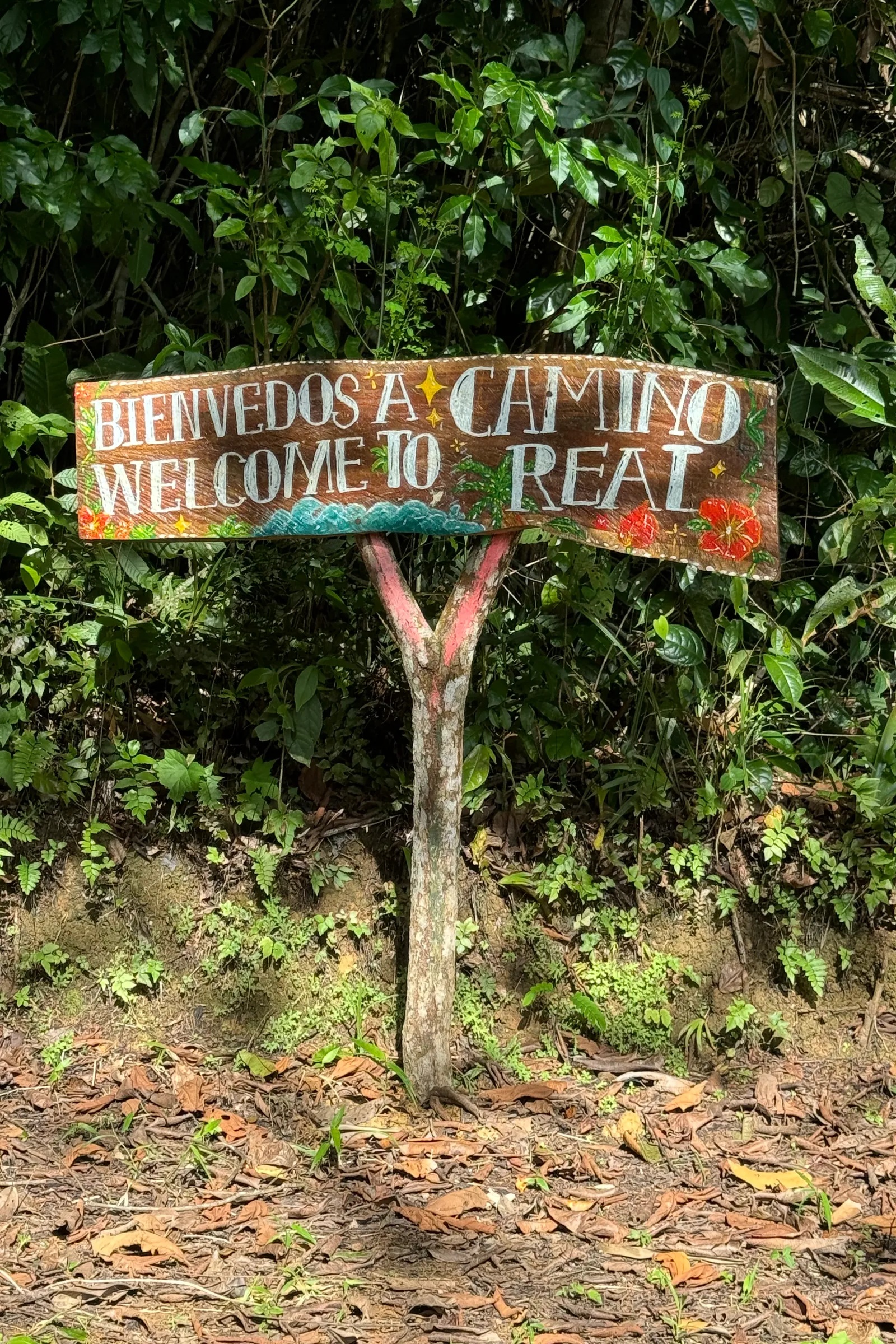
Panamanian outfitter Cultour, whose owner, Christian Strassnig, helped research and document this route in the early 2000s, now offers multiday guided hikes along this historic trail, which is under consideration for UNESCO World Heritage Site status. I’ve joined seven other hikers on this four-day trek. After crossing Lago Alajuela in traditional wood boats and spending the night in Toribio’s home community of Quebrada Ancha, we will make our way through boot-sucking mud, wade through knee-deep rivers, and camp in remote clearings on the edge of the rainforest en route from Panama City to Portobelo, a community with a vibrant Afro-Panamanian culture.
Documenting the Camino Real
Strassnig first came to Panama from his native Austria in 1999, working on a project for his degree in social work. The country captivated him, he recounts, and when he switched his field to tourism and joined a study group exploring sustainable and community tourism in Central America, he began learning about the Camino Real. The trail’s lore, until now, has largely survived via word of mouth: While archeologists had evidence of the route (one of Strassnig’s first references was a 1930s paper from a US historian) and intrepid Panamanian hikers have been trekking sections of it for years, Strassnig says that it hadn’t been fully researched or mapped in detail when he first learned about it. “I thought the least known trail was the most important trail to research,” he says. Strassnig returned to Panama in 2008 after receiving a grant to document the Camino.
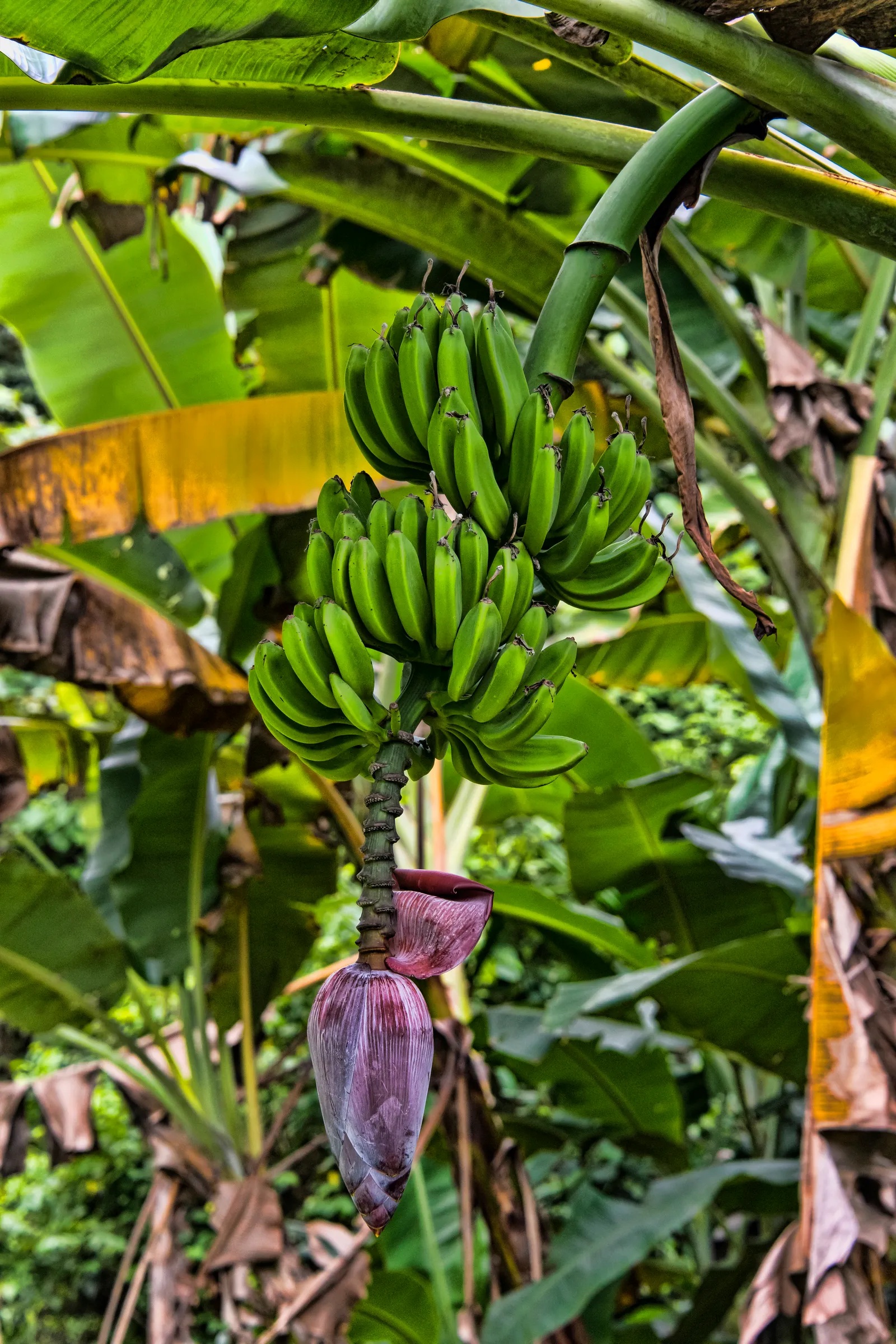
In the three years that followed, with assistance from an archeologist from Panama’s National Institute of Culture, local guides from the communities, and an expert in jungle survival from the former Panamanian police forces, Strassnig spent 65 days trekking more than 375 miles through the rainforest to identify and record the Camino Real’s location. “We were walking cross-country, because there was no path, no trail,” Strassnig says. “The local guides, like Molinar, who was with me on the research trips from the beginning, had to hack up and down steep hills to find the road.”
Hiking from Sea to Sea
Our own Camino Real adventure starts not in the jungle, but in Panama City’s Panamá Viejo. A museum and UNESCO World Heritage Site, Panamá Viejo marks the spot on the Pacific shore where Indigenous civilizations, including those of the Guna and Ngäbe-Buglé peoples, date back thousands of years, and where Spanish colonists constructed a settlement in 1519. As we climb the cathedral tower amid the ruins of this 16th-century community, Strassnig explains that the Camino Real would have run beneath our feet, under present-day Panama City.

We drive an hour north through Panama City’s sprawl and pull off the highway near Lago Alajuela, where Toribio and several other men from Quebrada Ancha load us and our gear into narrow motorized boats resembling dugout canoes. As we putter through the reeds, a sudden rainstorm, seemingly unleashed from a single dark cloud, drenches everything in sight, stopping only a few minutes later as abruptly as it started. Strassnig has contracted the community of Quebrada Ancha, home to about 20 families, to provide food and accommodations for Camino Real hikers. The village welcomed its first tourists in 2011, Strassnig told us, after receiving government funding to construct an outdoor kitchen and a bathroom with cold-water showers. Residents serve us bowls of sancocho, pictured below, a comforting Panamanian chicken soup with corn, yuca and plantains, at a long table underneath a thatched-roof open-sided shelter where we pitch our tents that evening.

From there, we cross a narrow inlet to begin our first walk along the Camino Real itself. We hike beneath swaying palms and scramble under barbed wire fences past grazing cows where local farms have encroached on the forest—a reminder of how the area has evolved since the route was first established—until we reach a row of uneven moss-covered cobblestones protruding irregularly from the dirt, one of the few remaining vestiges of the over-400-year-old road. We’re all silent for a moment; I can’t help thinking about how in just a couple of hours, we’ve come from the capital to walk on a centuries-old path. Early the next morning, our boats motor past snowy egrets swooping across the marshes as we wave at a fisher who proudly holds up the tilapia he has just caught, pictured below.
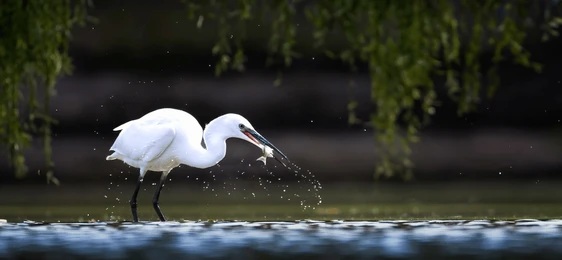
The day is already the kind of humid that makes you sweat even when you’re sitting still. We heft our packs and thank the boatmen, then Toribio leads us into the jungle while our other guide, Alex Guevara, watches that we are getting our footing on the slick-with-mud trail. We brush past leafy palms, crouch under a tree that’s fallen on the path, and hike up a ridge to a clearing where we look out over the deep green forest that surrounds us. I can’t resist taking a photo of my boots, which are already caked with dirt. This becomes the rhythm over the next three days of our nearly 30-mile trek: Tramp up and down the rolling hills. Wade across a river. Stop for lunch in a local community. Try not to slide in the mud or lose our balance on the river stones. Sweat.
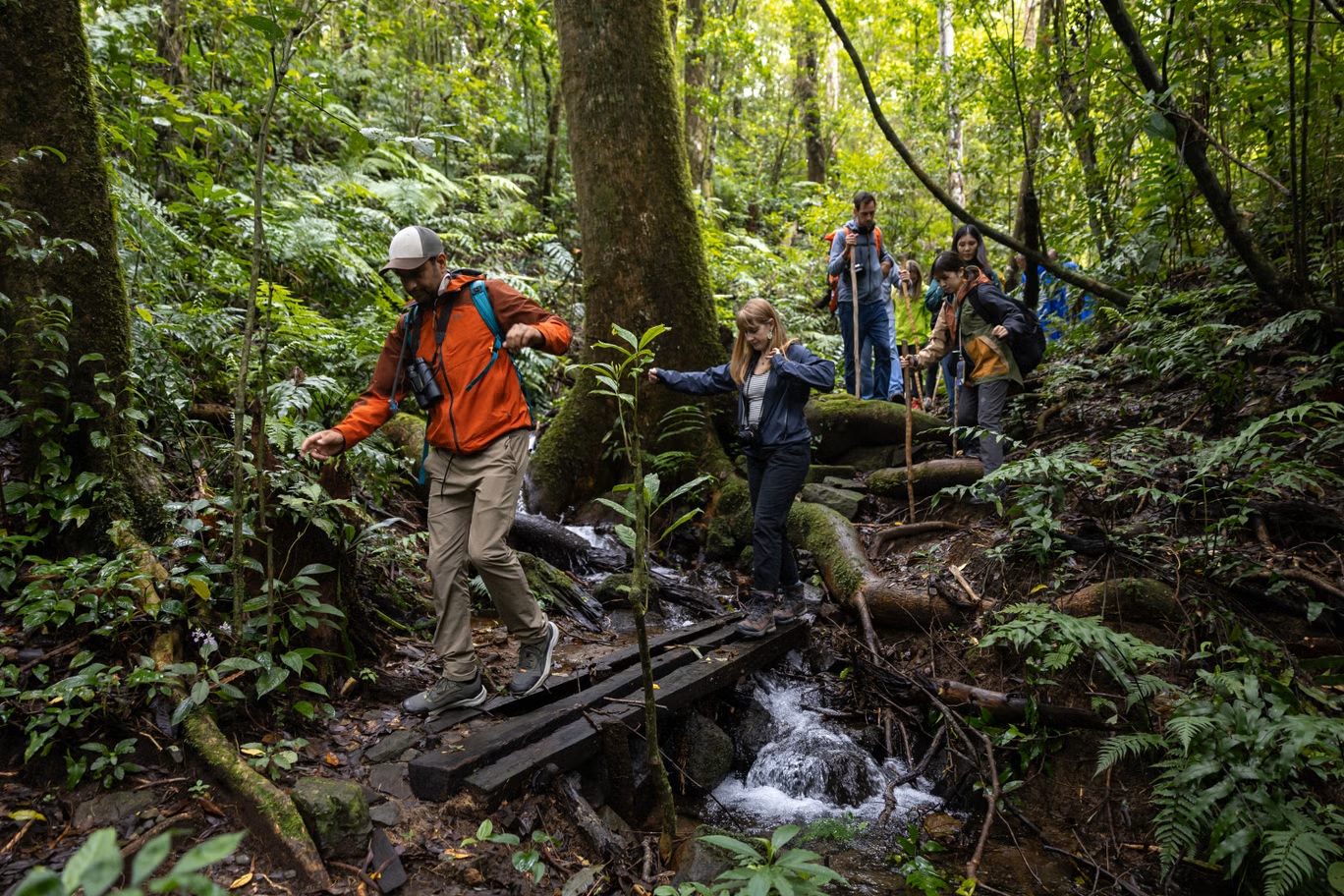
We camp in a farmer’s field or beside a river, where we dunk each night to approximate a shower. As a novice jungle hiker who’s one of the slowest in our group, I realize I’m too hot and dirty to say I’m having fun—yet when we rest by the streams or share stories around the evening campfire, I begin to appreciate that I’m holding my own on this new-to-me experience. For three days in the humid but surprisingly peaceful jungle, we see no one else along the trail.

We end our trek near Portobelo, visiting a local cultural center where our host, Mama Ari, leads her students in traditional Congo dances. Owing largely to the trade of enslaved peoples by the Spanish, who brought many people from west-central Africa’s Congo Basin, more than 30% of Panama’s residents have African heritage, Mama Ari tells us. “Here in Portobello, we have taken the pain of slavery to strengthen us. And what you see here (among these young dancers) is that strength.” Accompanied by rhythmic drumming, the swirl of their flowing pollera skirts, patchworks of fuchsias, turquoises, and greens, create a spirited end to our time in the jungle.
A Country of Passage
Panama has been working with UNESCO for nearly 10 years to secure World Heritage status for the Colonial Trans Isthmian Route of Panamá, which includes the Camino Real, according to Carlos Fitzgerald, an archeologist and the director of International Cooperation for Panama’s Ministry of Foreign Relations. While still in the research and documentation stage, this designation would expand Panama’s UNESCO heritage sites, which currently include Panama Viejo, the Historic District of Panama (also known as Casco Antiguo), and the Portobelo–San Lorenzo fortifications on the Caribbean shore, to encompass both the Camino Real and the Camino de Cruces, a second trade route that the Spanish built across Panama. For centuries in Panama, “people were doing business moving from the Atlantic to the Pacific,” says Juan Antonio de la Guardia, the former president of the Tourism Guide Association of Panama, who has been trekking the Camino Real for many years. “That’s in our DNA. We have always been a country of passage.”


